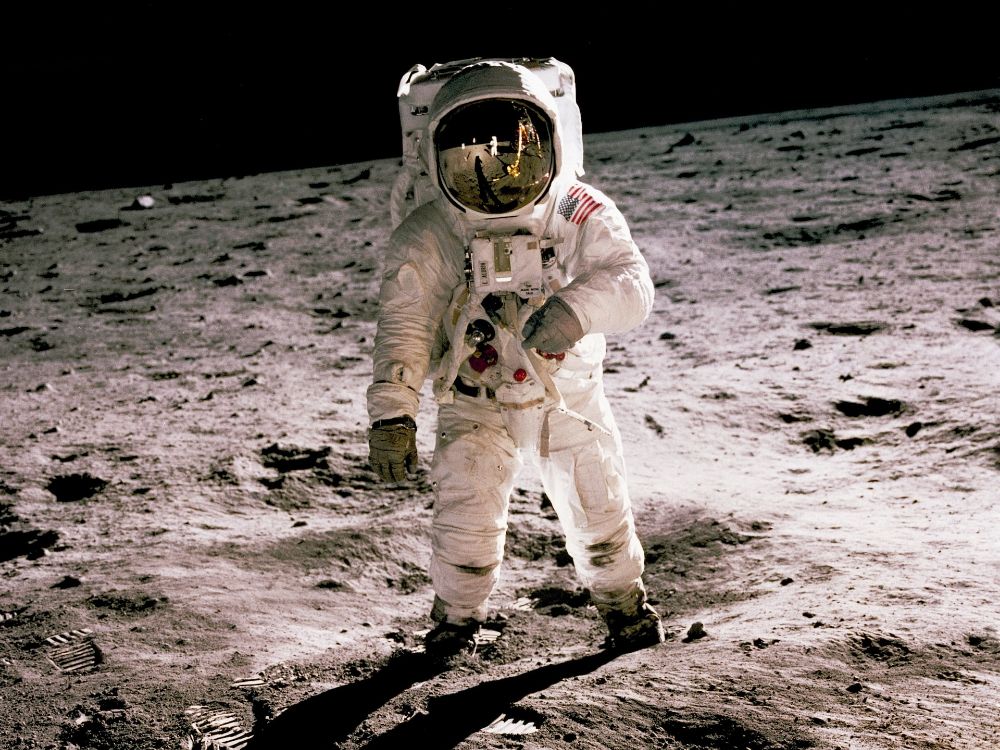As the climate crisis intensifies, the world is turning to technology not just for convenience—but for survival. From carbon-sucking machines to AI-powered agriculture, the innovations of 2025 are more than just impressive—they’re essential. Here’s a look at the most powerful tech “weapons” we need in the fight against global warming, along with visuals to bring them to life.
1. Carbon Capture, Utilization & Storage (CCUS)
What it is: Machines that pull carbon dioxide directly from the air and either store it underground or convert it into usable materials like concrete or fuel.
Why it matters: These systems can help offset emissions from hard-to-decarbonize industries like cement and steel.
Carbon Capture Tech
Image source: StartUs Insights
2. AI-Powered Climate Monitoring
What it is: Artificial intelligence systems that analyze satellite data, weather patterns, and emissions to predict climate risks and optimize responses.
Why it matters: AI helps governments and companies make smarter, faster decisions about energy use, disaster response, and sustainability.
!AI Climate Monitoring
Image source: CarbonTrail
3. Tree-Planting Drones
What it is: Autonomous drones that map deforested areas and fire seed pods into the ground at high speed.
Why it matters: These drones can plant up to 1 billion trees per year—far faster than human hands.
Image source: Global Citizen

4. Massive Wind Turbines
What it is: Next-gen wind turbines with blades over 650 feet long that bend like palm fronds to maximize wind capture.
Why it matters: These turbines could generate enough energy to power entire countries.
Image source: Global Citizen
5. Methane-Detecting Satellites
What it is: Satellites that scan the Earth for invisible methane leaks from oil and gas operations.
Why it matters: Methane traps 80x more heat than CO₂, and early detection is key to stopping it.
Image source: Global Citizen
6. Sustainable Agriculture Tech
What it is: Smart irrigation, vertical farming, and AI-driven crop monitoring systems.
Why it matters: Agriculture is a major emitter, and these tools reduce water use, fertilizer waste, and emissions.
!Smart Farming
Image source: StartUs Insights
7. Circular Economy Platforms
What it is: Digital systems that track product life cycles and promote reuse, recycling, and repair.
Why it matters: Reducing waste and extending product life cuts emissions and conserves resources.
Image source: StartUs Insights



